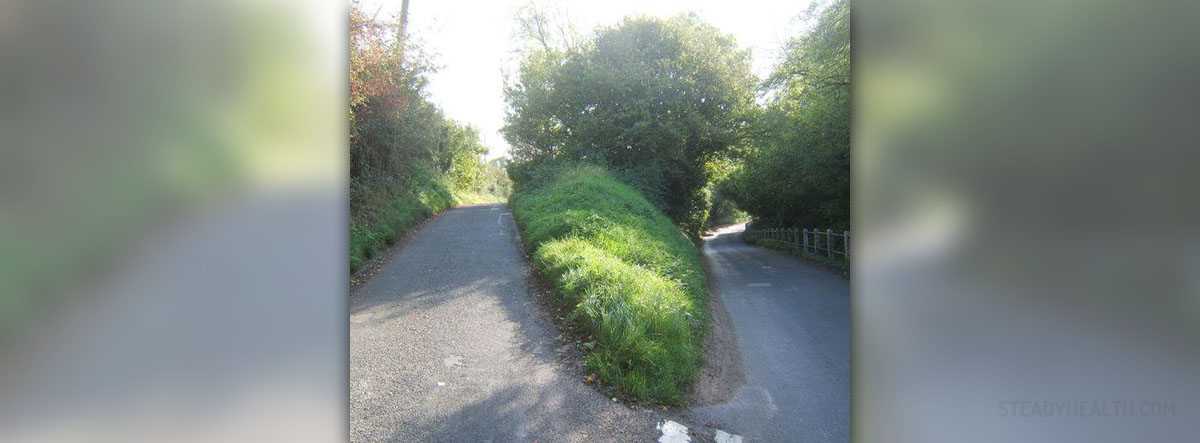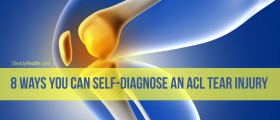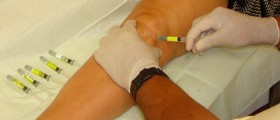
Introduction
Jumper’s knee is a term first used in 1973, and since thenit was used for the description of insertional tendinopathy which occurs inathletes who are skeletally mature. This medical condition is known forcommonly affecting the attachment of patellar tendon to the inferior patellarpole. Over time, the term jumper’s knee was widened in order to includetendinopathy of the attachment of the patellar tendon to the anteriortuberosity of the tibia or tendinopathy of the attachment of the quadricepstendon to the superior patellar bone. In short, jumper’s knee actually definessituations in which there is a presence of functional stress overload caused byjumping. It is one of the most common types of tendinopathies, and it affectsboth men and women in equal amounts. It is also important to stress out thatunilateral tendinopathy usually affects men more than women. Jumper’s knee isusually triggered by repetitive stress on the quadriceps or patellar tendon,which occurs when a person jumps. There are certain risk factors which are alsoassociated with the occurrence of jumper’s knee. Among the most extrinsic onesare playing and overtraining on different types of hard surfaces.
Treatment Options
There are complicated processes of treatment which involvethe resection of the patellar pole, the tendon and the corresponding patellarface of the femur. Those processes also must include reattachment of the tendonand reinforcement of the medial patellar retinaculum. Some rare cases needed tobe treated by a process called open tenotomy. In all cases of jumper’s knee, the patient needs to consult with anorthopedic specialist and a rehabilitiation specialist. Other methods oftreatment include ultrasonographic guided sclerosing injections which are knownfor being very efficient in improving the functioning and reducing the painfulsensations. Peritendinous corticosteroid/anesthetic injections can also be usedin some cases, when conservative therapy fails to provide the patient with anyrelief. Aseptic technique needs to be used, and the injections are usuallyadministered along with a local anesthetic agent. The patient needs to ice the injection site 3times per day, for two days after the infections. The ice needs to be appliedfor 20 minutes each time. All jumping or running activities need to be avoidedfor up to two weeks. Another method of treatment is known as extracorporealshock wave therapy. A surgical intervention is sometimes the only solution forthe problem. Rehabilitation program with extensive physical therapy is alsoobligatory.

















Your thoughts on this
Loading...